St Regis
The St Regis site on Chesterton Road has been providing graduate accommodation for Clare's students for over fifty years. The original late-1930s buildings were acquired by the College in the 1960s, but in recent years the need for renovation of the site became clear.
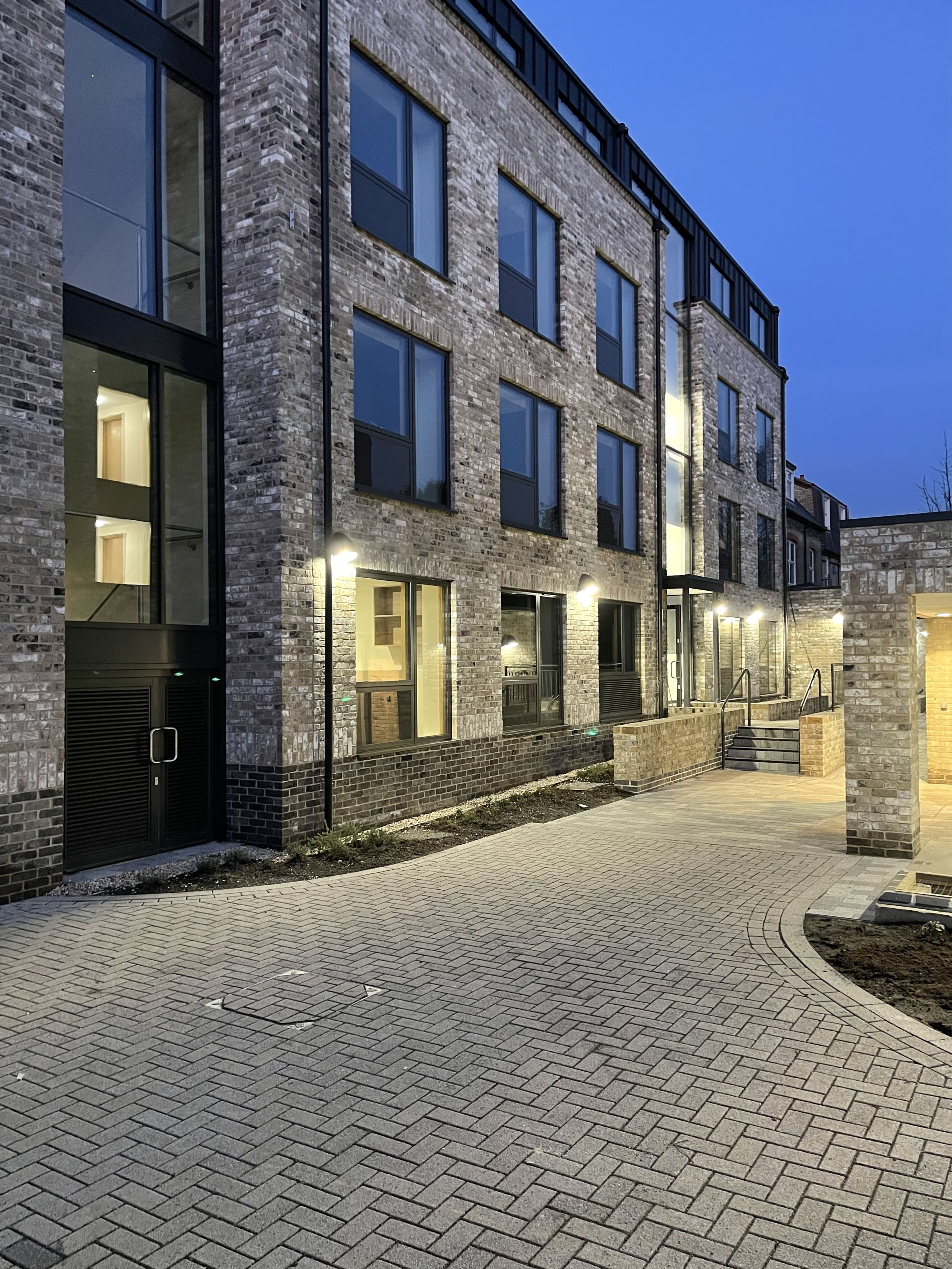
Beginning in 2018, Clare’s Buildings Department, led by Buildings Manager Deborah Hoy, oversaw the construction of three new purpose-built accommodation blocks designed by Freeland Rees Roberts Architects. The front and centre blocks, along with the refurbished 108 Chesterton Road adjacent to the site, contain 85 student units, consisting of 61 student rooms (including 2 accessible DDA rooms), 15 studio apartments and 9 one-bedroom apartments. The work was completed in 2020, with students taking up residence in January 2021.
The third block on the St Regis site, which is accessed from Hamilton Road, is due to be completed at the end of May 2021. It consists of 14 one- and two-bedroom flats, which will be privately rented, thereby providing the College with long term rental income.
On the front façade of the block facing Chesterton Road, the College commissioned a carving featuring swifts in flight, inspired by the swifts that were in residence in the original St Regis buildings. Swift boxes have been reinstated on the new site to provide a residence for these beautiful birds.
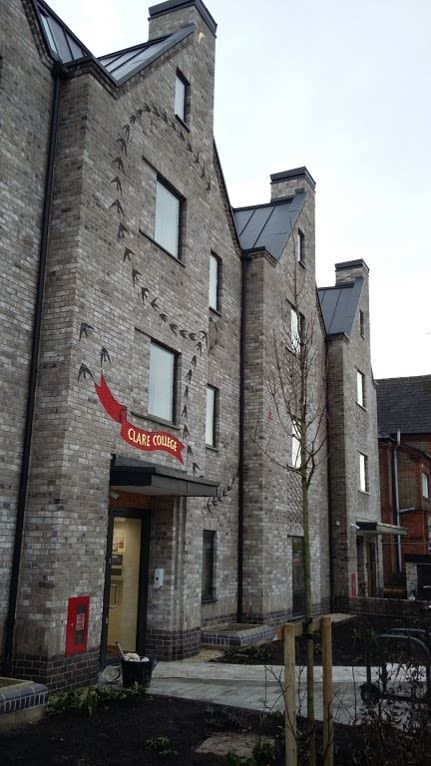
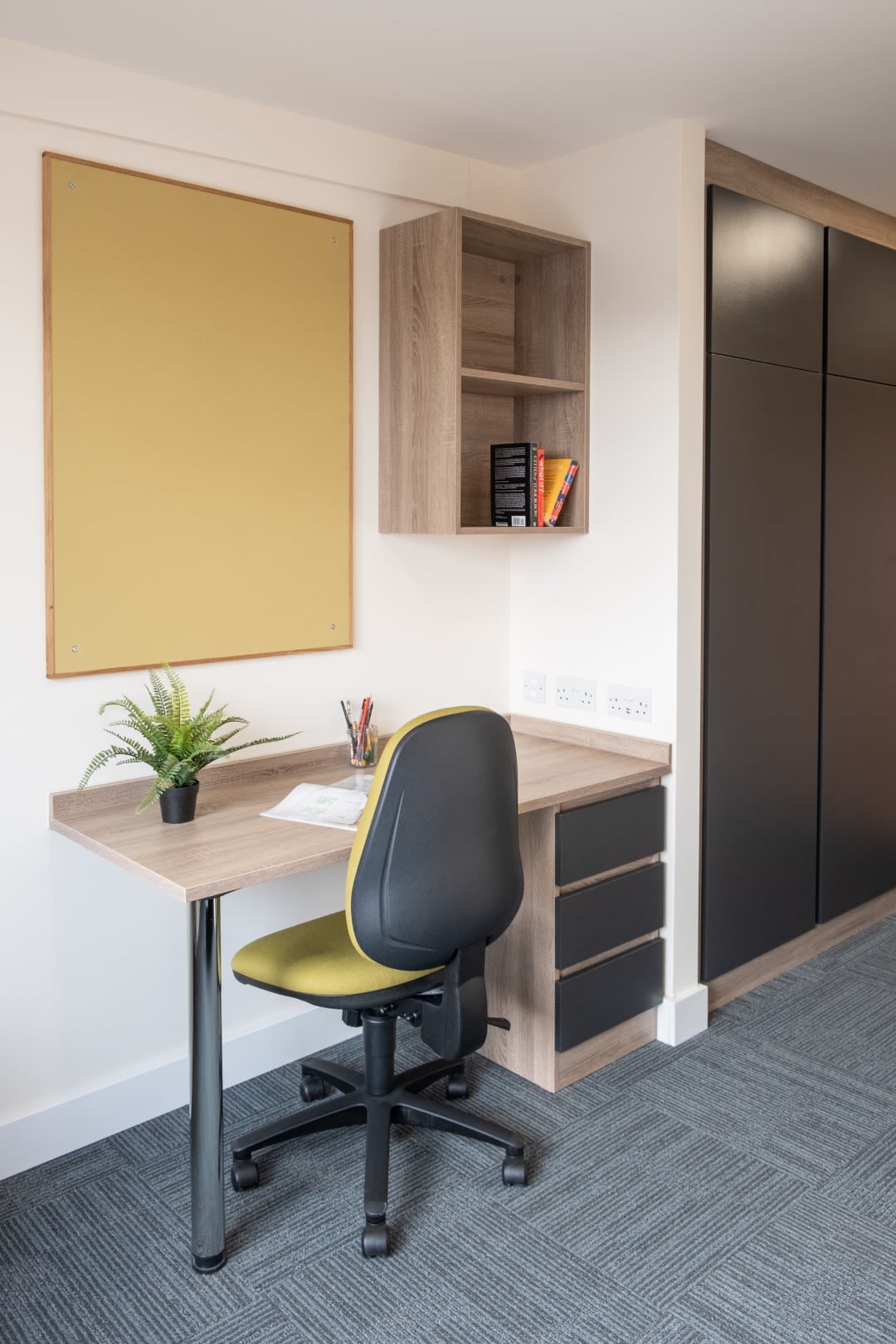
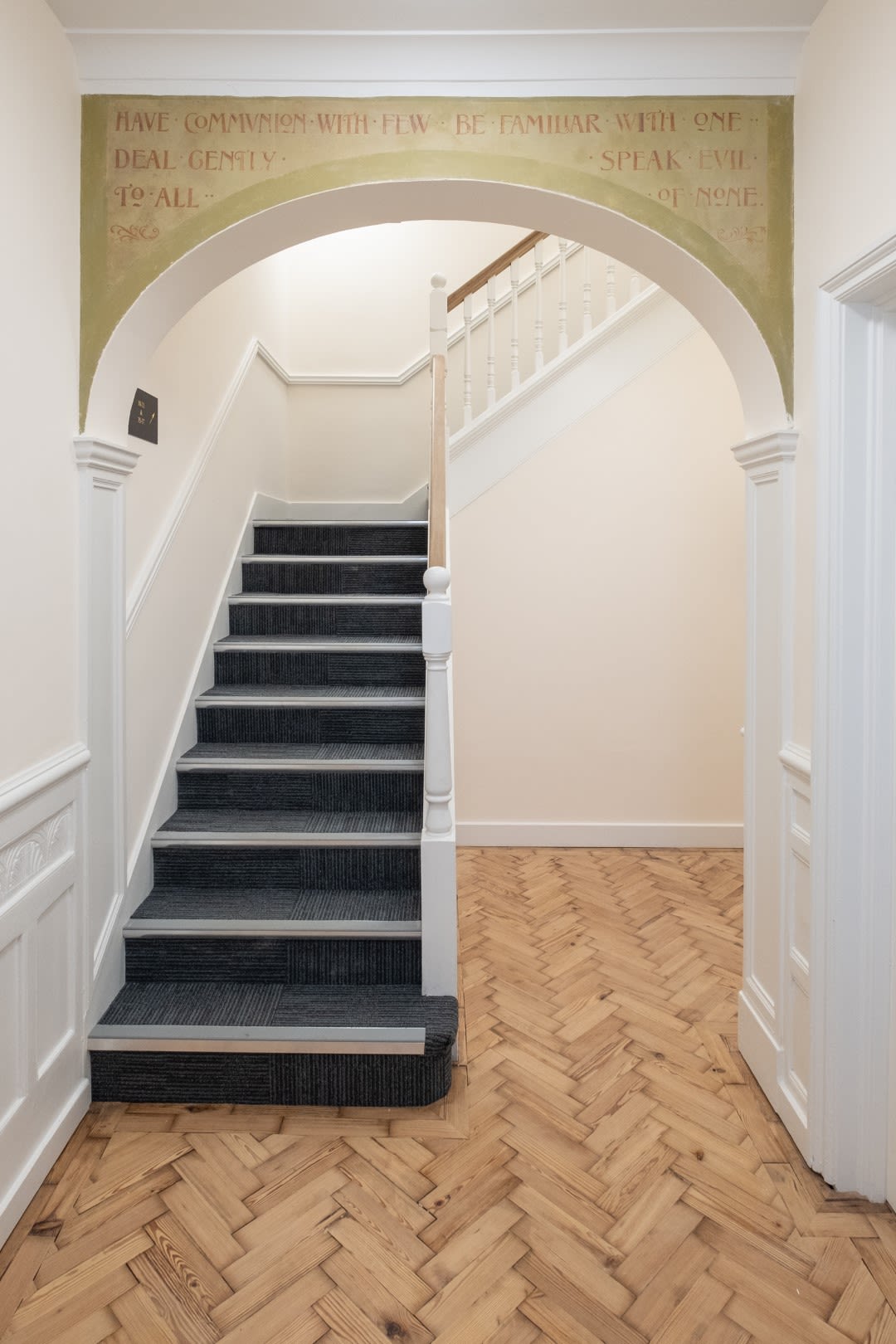
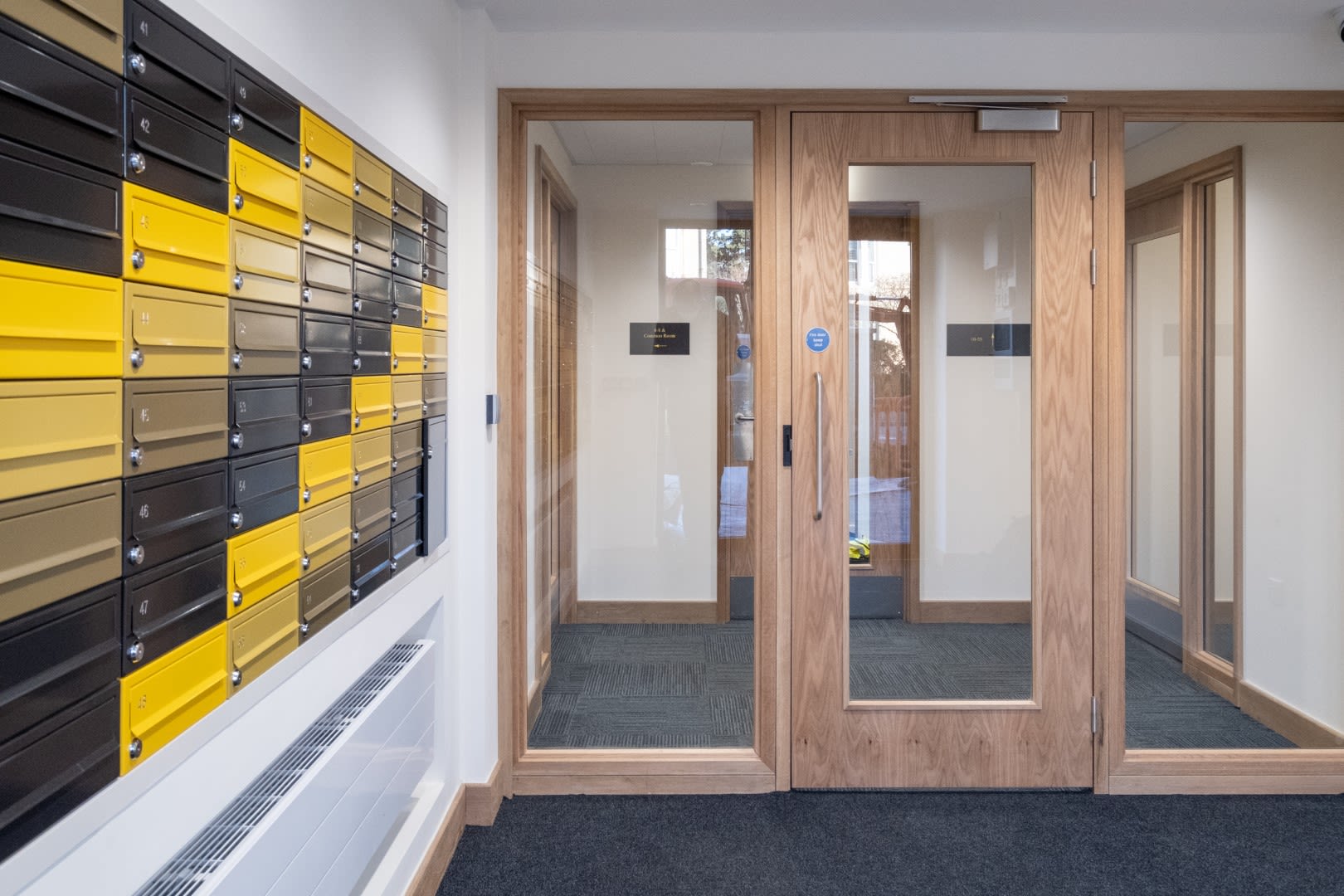
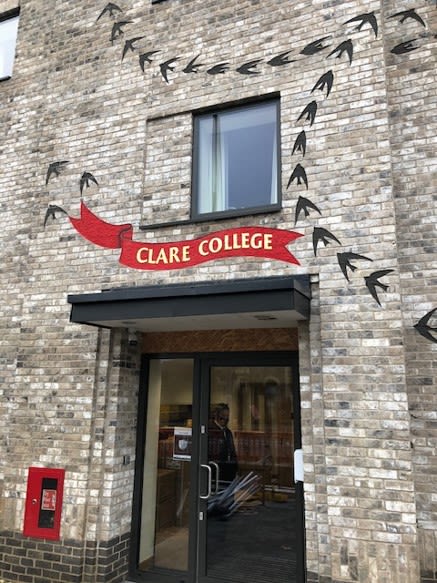
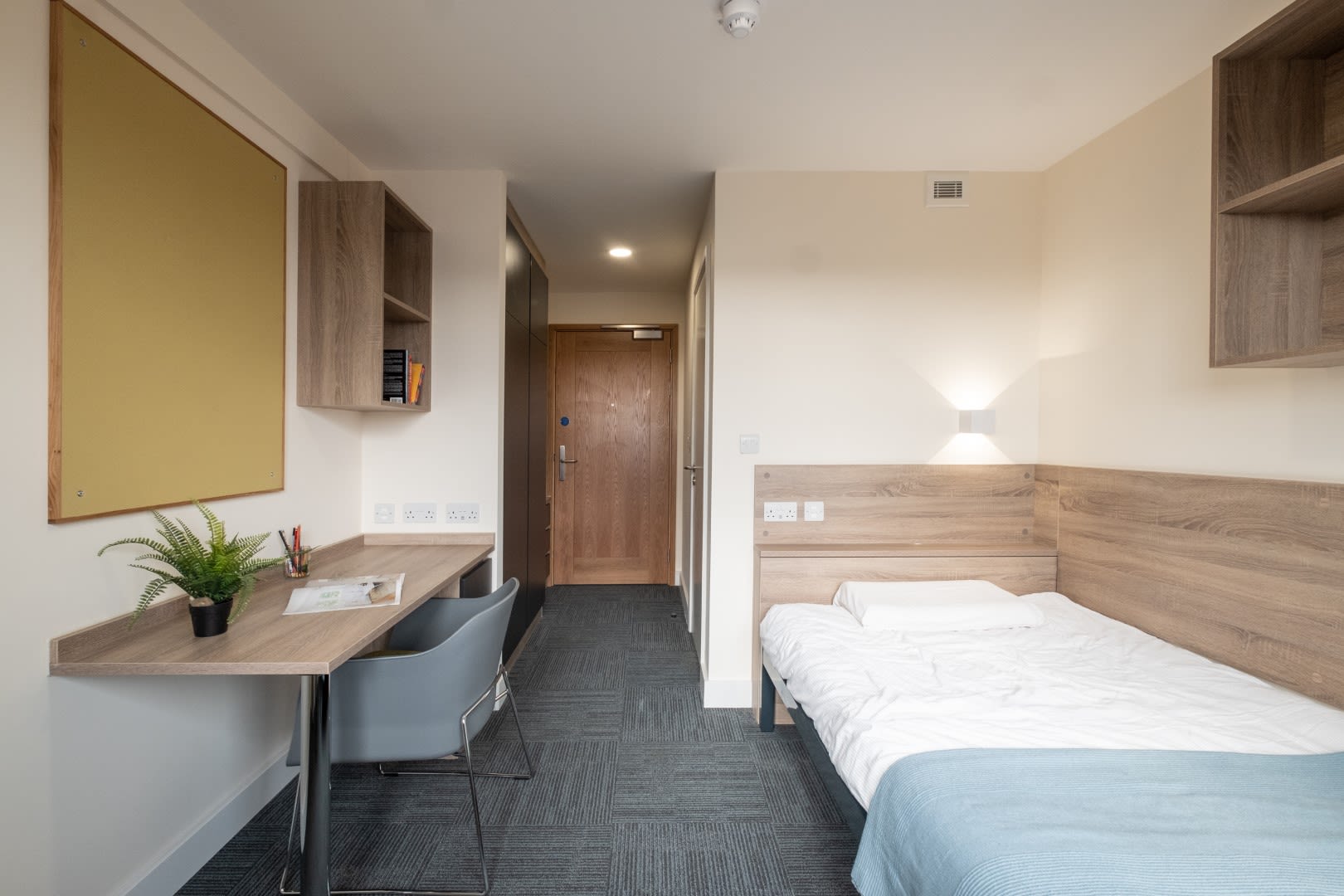






Memories of St Regis
Professor Volker Heine - Emeritus Fellow of Clare
It is with heartfelt joy and thanks that I greet the news of the St Regis flats being so beautifully replaced. The old buildings at St Regis were about the most jerry-built that I have ever come across, but they were a lifesaver at the time.
During the period that I was Tutor for Graduate Students, numbers of graduates were rising rapidly and many came from overseas, a few with young families, and Clare had virtually zero suitable accommodation.
Some of these concerns were alleviated by the creation of Clare Hall in 1966, which was financed by Clare’s endowment fund, but as the College would still be admitting graduate students the need for additional accommodation for them remained.
The College Bursar at the time, Brian Cooper, managed to buy the front and middle blocks of St Regis pretty cheaply. (The addition of the Clare Court site at Newnham Road came later, as did acquiring the third block of St Regis.) Quite a lot of maintenance and repairs on St Regis were needed immediately, but other defects were structural.
I believe the end walls of the front block were single thickness brick and nowhere did the flats have cavity walls that could be filled with insulation. The wardrobes standing against those end walls had to have their doors permanently kept open as otherwise the clothes in them all went mouldy, as did books and other things that were left there.
Clare graduates did not fill all the flats instantly, so that a few older residents remained, including a retired nurse who was a boon to the young mothers among the graduates.
Three buildings at the St Regis site have been named in honour of highly influential figures in graduate life at Clare.
Gooder House, formerly 108 Chesterton Rd
Named for Richard & Jean Gooder
Richard Gooder (1934–2017) arrived at Clare as a Kellett scholar from Columbia University in 1957. After completing an affiliated BA and PhD at Cambridge, he became a Fellow of Clare in 1972. Richard was instrumental in establishing the study of American Literature in the English Faculty and was a founding editor of The Cambridge Quarterly, a journal which reflected his own intellectual open-mindedness. Within Clare, he had diverse roles, but was especially influential as the College librarian, in which position he masterminded the building of the Forbes-Mellon Library. A scholar of both Renaissance and American literature and an inspirational teacher, whose erudition was combined with a lively wit and a strong conviction of the importance of his subject, Richard made Clare into one of the leading colleges for English. And with his wife, Jean, a Fellow in English at Newnham College, he opened their home to generations of students as a unique space for collegial conversation and exchange. Richard and Jean Gooder recently endowed the Newby Trust Junior Research Fellowship in the arts, held alternately at Newnham and at Clare.
Schofield House, newly-constructed block facing Chesterton Rd
Named for Roger Schofield
Roger Schofield (1937–2019), an innovative social scientist and historian, arrived at Clare to read History in 1956 and became a Fellow of the College in 1969. For two decades, he was the Director of the Cambridge Group for the History of Population and Social Structure. In his field, Roger is especially remembered for co-authoring The Population History of England 1541–1871, a hugely influential work based on extensive research into local parish registers that overthrew many traditional assumptions about the interplay between demographic behaviour and economic trends. Roger was a generous, enthusiastic teacher, opening up new perspectives to how the past could be better understood, and with his warmth of spirit he helped to create, in the 1970s and 80s, a more humane, accepting atmosphere at Clare for students of all backgrounds. He also undertook the task of cataloguing the collections of the Fellows’ Library, a place he wished to preserve and enhance for the use of future scholars. It was Roger’s request that the substantial legacy he bestowed might especially benefit the College’s graduate community, in which he had always taken a special interest.
Weiss House, newly-constructed central block
Named for Nigel & Judy Weiss
The distinguished astrophysicist Nigel Weiss (1936–2020), who was born in Johannesburg, originally came to Clare to study Natural Sciences and eventually became a leader in the field of solar theory. As a lecturer and then professor in Cambridge’s Department of Applied Mathematics and Theoretical Physics, he made seminal contributions to our understanding of the role of the sun’s magnetic fields and rotation in driving sunspots and solar flares at a time when the significance of such astronomical events in relation to terrestrial communication systems was becoming apparent. Among the numerous honours he received was that of the Gold Medal of the Royal Astronomical Society in 2007. Nigel took a keen interest in the visual arts and in ways to bridge the divide between the arts and sciences. With his wife, Judy, a Fellow in English at Robinson College, he founded two postgraduate research studentships that support PhD students in the arts and sciences, in addition to endowing an educational trust in their native South Africa. From 2001–2005, Nigel was President of the Clare Fellowship, a role he fulfilled with characteristic modesty and good humour.

